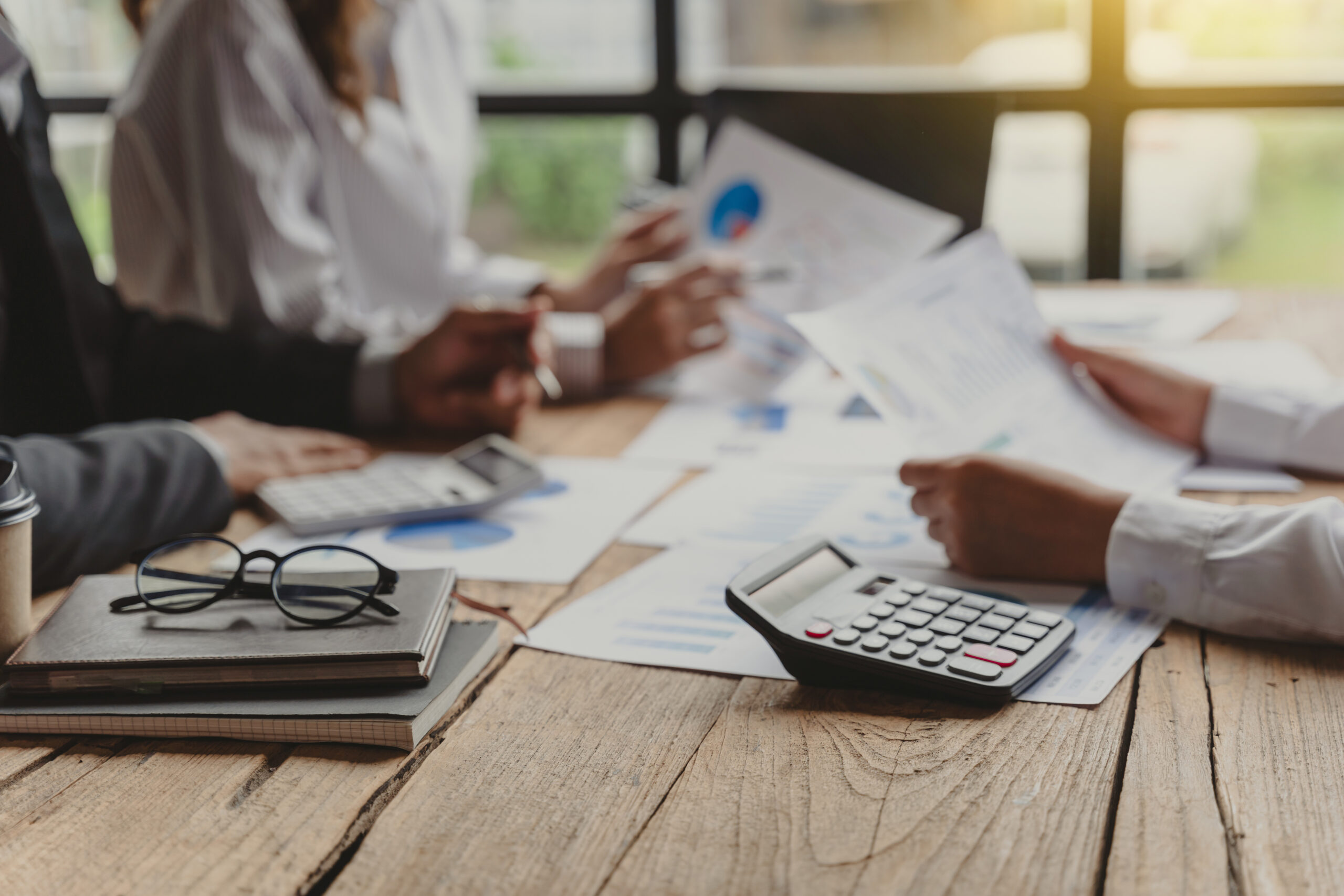By Brandon Willett of Monrovia, IN
Life is full of unexpected moments. Cars break down, medical bills appear, home repairs are needed, and sometimes job situations change without warning. These events can be stressful enough on their own, but they become far more overwhelming when there is no financial cushion to rely on. That is why building an emergency fund is one of the most important steps in securing peace of mind and protecting your financial future.
Understanding the Purpose of an Emergency Fund
An emergency fund is a dedicated pool of money set aside to cover unexpected expenses. It is not meant for vacations, new gadgets, or lifestyle upgrades. Its purpose is to provide a safety net so that when life throws a curveball, you can handle it without derailing your long-term financial goals.
Having an emergency fund is about more than just money. It is about confidence, stability, and the ability to make clear decisions during stressful times. Knowing you have resources available allows you to address challenges calmly rather than reacting out of fear or urgency.
How Much Should You Save?
One of the most common questions I hear is how much to keep in an emergency fund. While the exact amount depends on your personal circumstances, a general guideline is to aim for three to six months’ worth of living expenses. This includes essential costs such as housing, utilities, food, transportation, and insurance.
For some people, a smaller emergency fund may be sufficient if they have additional financial support or more predictable income. Others may need a larger buffer, particularly if they have a family, variable income, or higher expenses. The key is to determine an amount that gives you confidence without feeling unattainable.
Start Small and Build Gradually
If saving several months’ worth of expenses feels overwhelming, start small. Even setting aside a few hundred dollars a month can build momentum over time. Automating contributions to a dedicated savings account makes the process easier and ensures consistency.
The important thing is progress, not perfection. Many people delay saving because they think they need to reach a certain amount immediately. The truth is that consistent, gradual contributions add up, and every step taken brings you closer to financial security.
Peace of Mind in Uncertain Times
The benefits of an emergency fund go beyond just covering unexpected expenses. It provides peace of mind. Knowing you have a cushion allows you to approach decisions with clarity and confidence. You are less likely to take on high-interest debt in a moment of crisis because you already have the resources to handle the situation.
This sense of security extends to your overall financial plan. When you know your basic needs are covered, you can focus on long-term goals such as retirement, saving for a home, or investing for your children’s education. An emergency fund creates a foundation on which all other financial strategies can be built.
Avoid Common Pitfalls
While building an emergency fund may seem straightforward, there are some common pitfalls to avoid. One mistake is using the emergency fund for non-emergencies. Vacations, luxury purchases, or everyday spending should not come from this account. Its purpose is to provide a safety net, and tapping into it unnecessarily defeats its purpose.
Another mistake is keeping the funds in an account that is difficult to access or investing it in high-risk assets. An emergency fund should be easily accessible, such as a savings account or money market account, and low-risk so that it is there when you need it. The goal is security, not growth.
Review and Adjust as Needed
Life changes, and so should your emergency fund. When your expenses increase, your income changes, or your family situation evolves, it is important to reassess your emergency fund and adjust accordingly. Periodic reviews ensure that your safety net remains adequate and continues to provide peace of mind.
An emergency fund is not a set-it-and-forget-it account. It requires attention, planning, and occasional adjustments to stay aligned with your needs. By keeping it current, you can face the unexpected with confidence and clarity.
Combine with a Comprehensive Financial Plan
While an emergency fund is essential, it is only one piece of the larger financial puzzle. It works best in conjunction with budgeting, debt management, retirement planning, and investment strategies. Together, these components create a holistic approach that strengthens your financial resilience and supports long-term goals.
Having a comprehensive plan ensures that even when emergencies arise, you are not forced to make difficult trade-offs that could compromise your future. The emergency fund is the first line of defense, giving you stability while the rest of your financial plan continues to work for you.
Take Action Today
Building an emergency fund is one of the most impactful steps you can take for your financial security and peace of mind. The sooner you start, the sooner you gain confidence and control over your finances. Begin by assessing your monthly expenses, setting a target for your fund, and creating a consistent savings plan.
Remember that financial preparation is about progress over perfection. Each contribution, no matter how small, brings you closer to a stronger, more secure future. Emergencies are inevitable, but financial stress does not have to be. By prioritizing your emergency fund, you take an important step toward a life of stability, confidence, and peace of mind.
